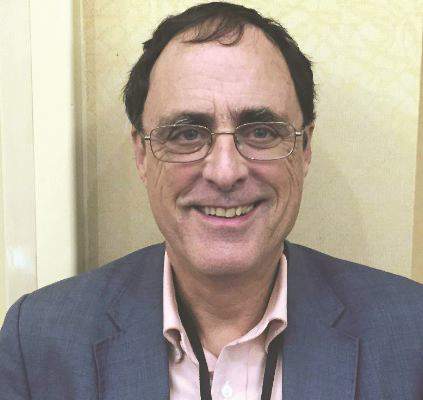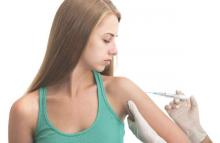Pediatricians saw an increase in the human papillomavirus vaccines administered after participating in a maintenance of certification Part IV program focused on improving vaccine rates.
Researchers “found that participation in the MOC Part IV by primary care pediatricians was associated with a significant increase in captured opportunities for HPV vaccine initiation at prevention visits and for doses 1 and 2 at acute visits,” wrote Dr. Alexander Fiks of The Children’s Hospital of Philadelphia and colleagues. The article was published online in Pediatrics (2016 Feb. 3 [doi: 10.1542/peds.2015-0675]).
For the project, vaccination captured opportunity was defined as a visit at which an eligible patient saw a pediatrician or nurse practitioner and received a dose of the HPV vaccine. A baseline period was established in calendar year 2012 and the intervention period was between Jan. 1 and Nov. 30, 2013, and looked both at captured opportunities during preventive and acute visits. Providers received quarterly performance feedback reports, which included individual results as well as information on how others in the program were doing.
Twenty-seven primary care pediatricians volunteered to participate in the program. They identified barriers in literature and group discussion and viewed an educational webinar that, among other things, included strategies to overcoming barriers to vaccination. They also took part in quarterly calls to review performance and decide on areas of improvement for the next quarter.
During preventive visits, dose 1 captured opportunities captured by MOC participants rose from the baseline period of 27.9% to 37.9% in the MOC period. Dose 2 captured opportunities rose from 87.7% to 93.3% and dose 3 from 94.1% to 94.5%. During acute visits, captured opportunities for dose 1 rose from 2% to 2.9%, from 28.2% to 34.2% for dose 2, and 24.5% to 32.2% for dose 3.
For the 200 other providers in the network, who were also tracked during the same baseline period and MOC period, for preventive visits, captured opportunities rose from 25.2% to 29.4% for dose 1, 85.7% to 88.1% for dose 2, and 89.4% to 92.2% for dose 3. During acute visits, captured opportunities rose from 1.2% to 1.4% for dose 1, 20% to 20.5% for dose 2, and 20% to 22.3% for dose 3.
“Although the magnitude of improvement for HPV dose 1 at acute visits was small given clinician difficulty in engaging in lengthy conversations regarding vaccination at these visits, capture opportunities rose significantly for dose 1 for all visits,” the authors noted. “Vaccination increased for HPV dose 2 at acute visits to a much greater extent than for dose 1, likely because families had already agreed to accept the vaccine and were receptive to clinician recommendation, which was supported by all the MOC activities.”
Dr. Fiks and colleagues added that the lack of improvement for HPV doses 2 and 3 at preventive visits “likely reflected the high baseline vaccination rates, representing a ceiling effect.”
The authors noted that despite improvements, several barriers remained to further improve the rate of captured opportunities, including many pediatricians resisting vaccinating younger adolescents “under the sometimes mistaken assumption that they can determine who is and who will become sexually active. ... In addition, clinicians are known to perceive a higher level of parental resistance among parents of younger adolescents, indicating a need to further support improved communications with specific messaging strategies.”
They also added that because of the way the study was designed, with a focus on the effect of MOC on the individual provider absent an overall organizational push, it may have constrained the ability to improve vaccination rates more broadly.



